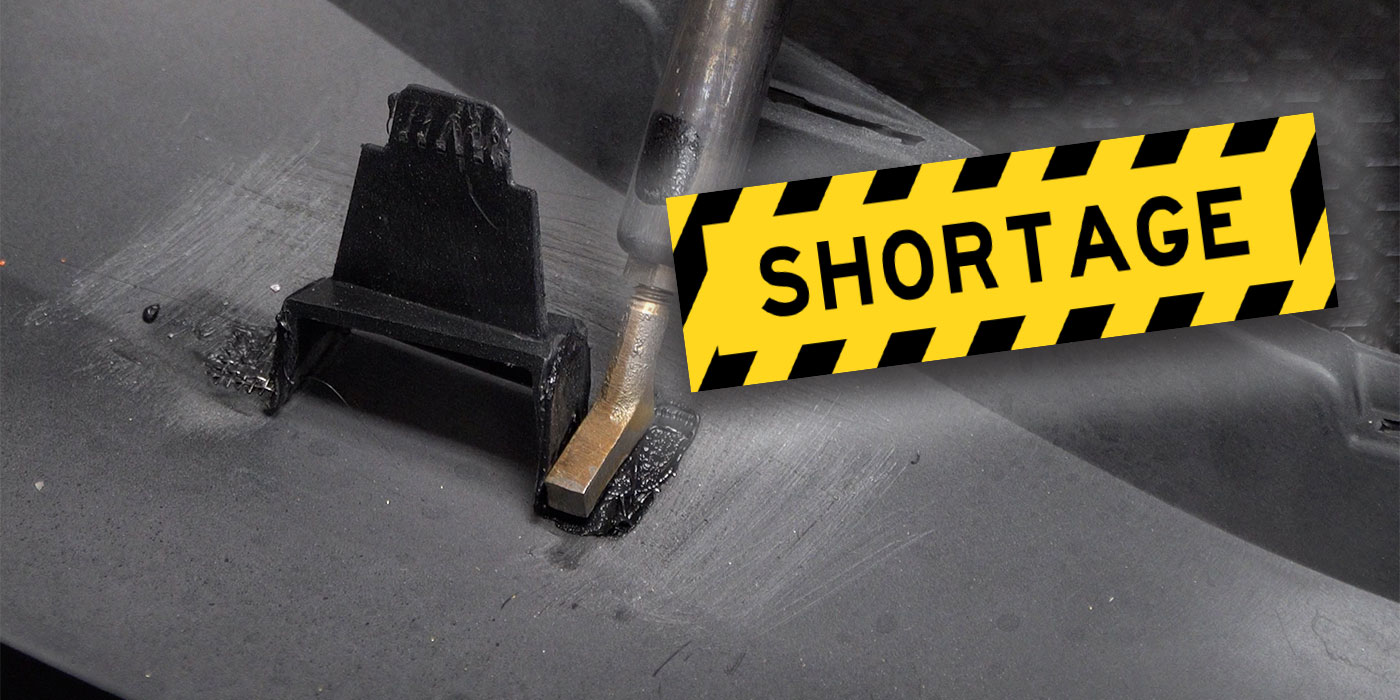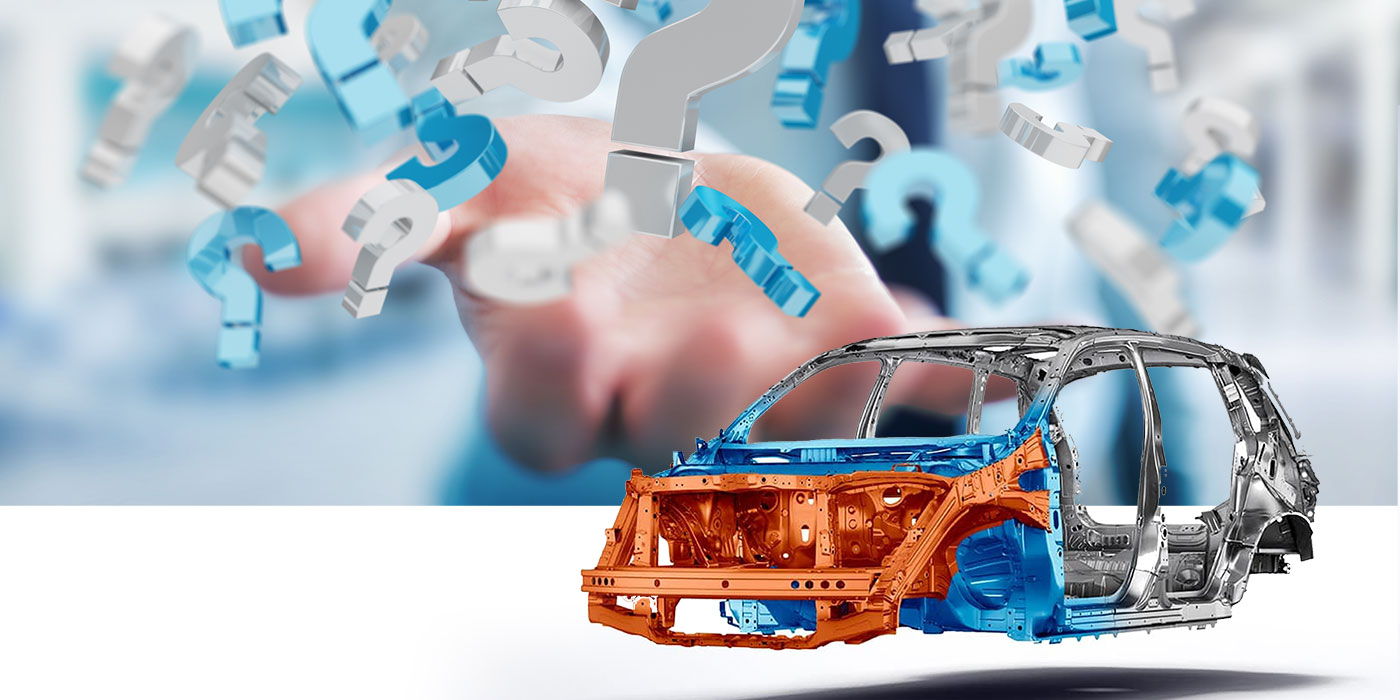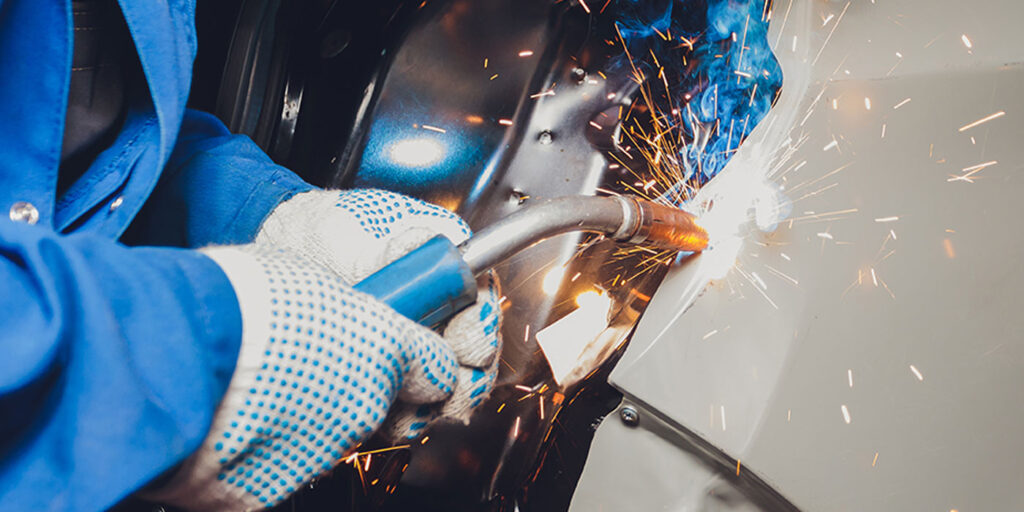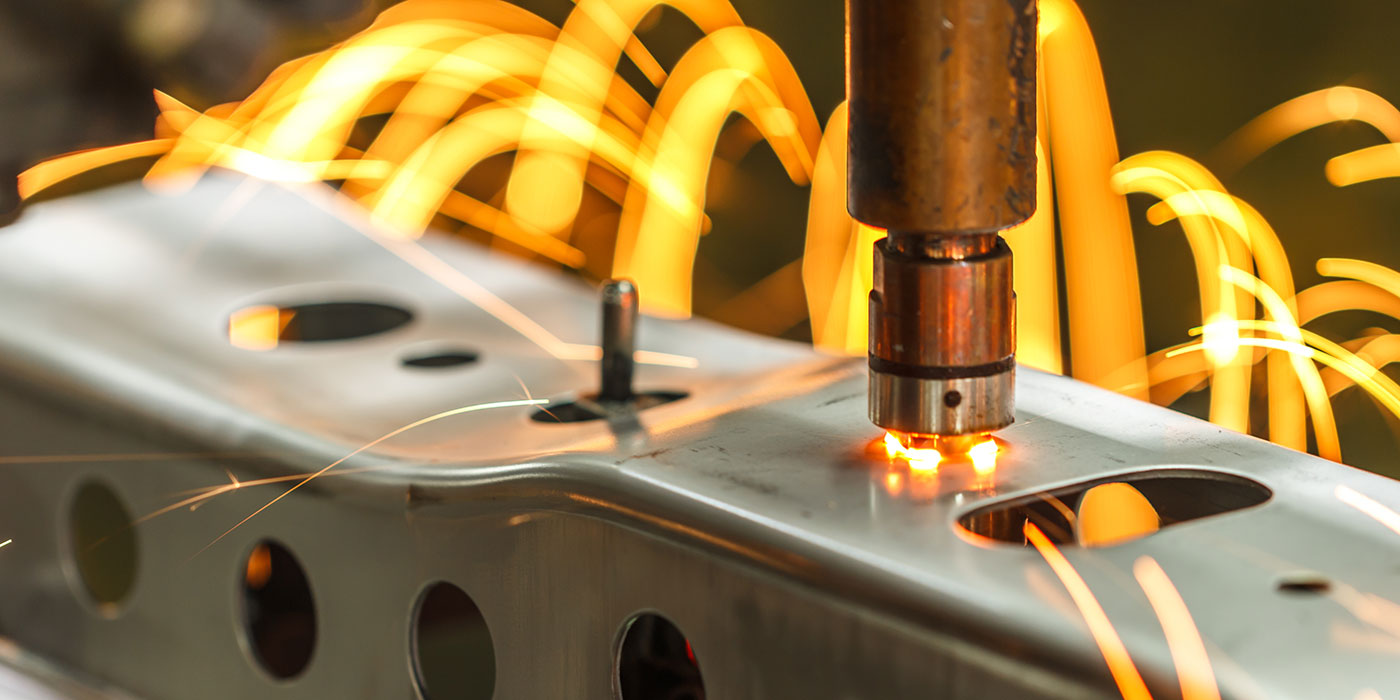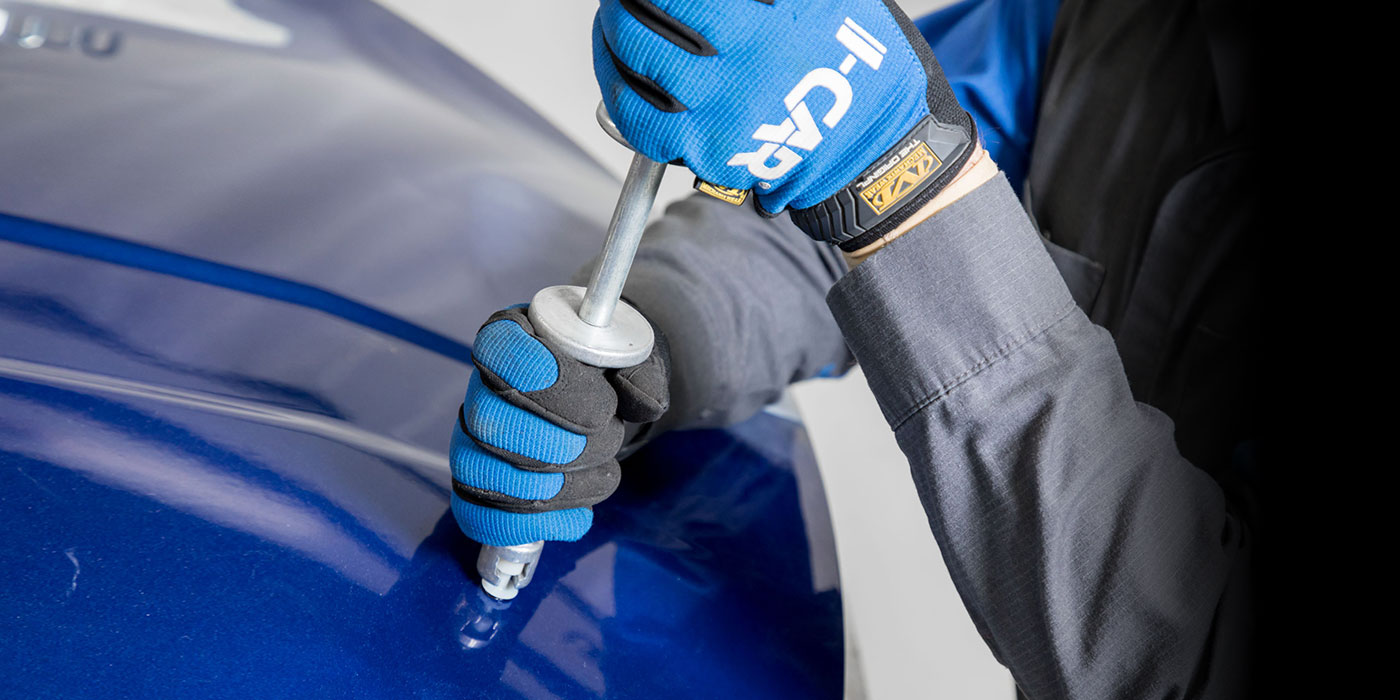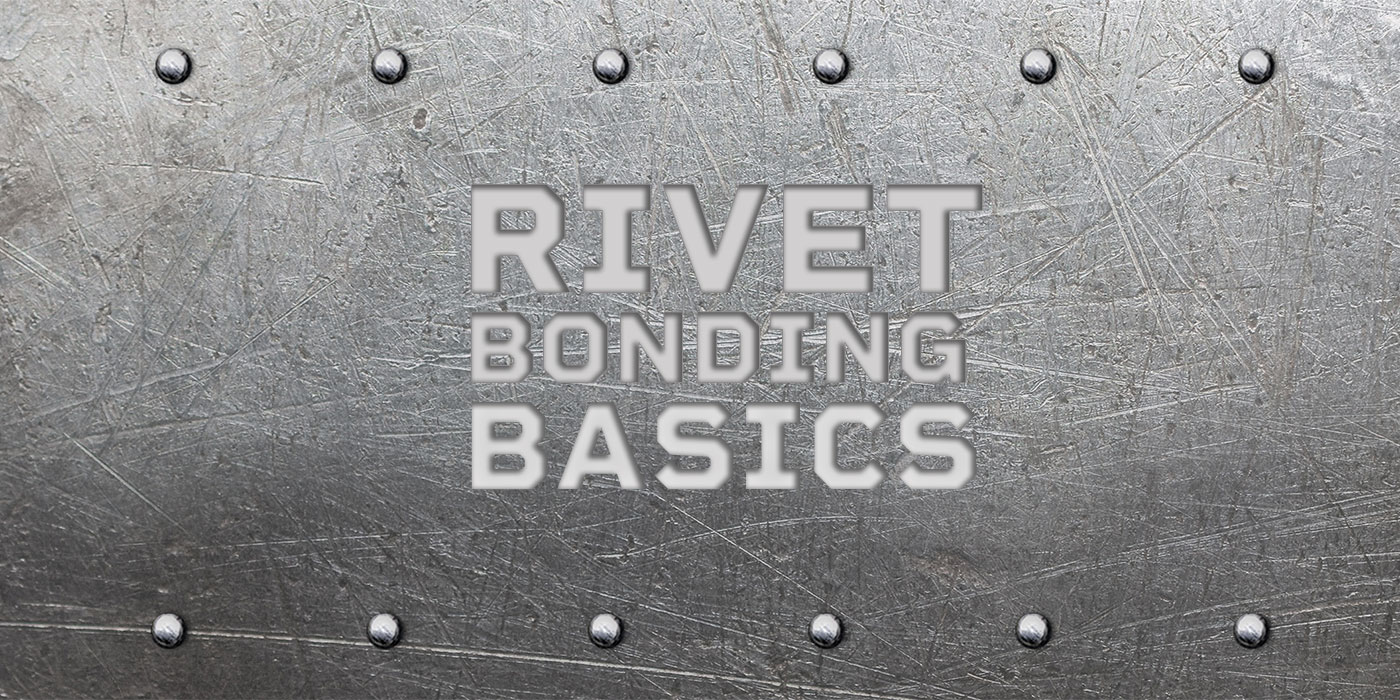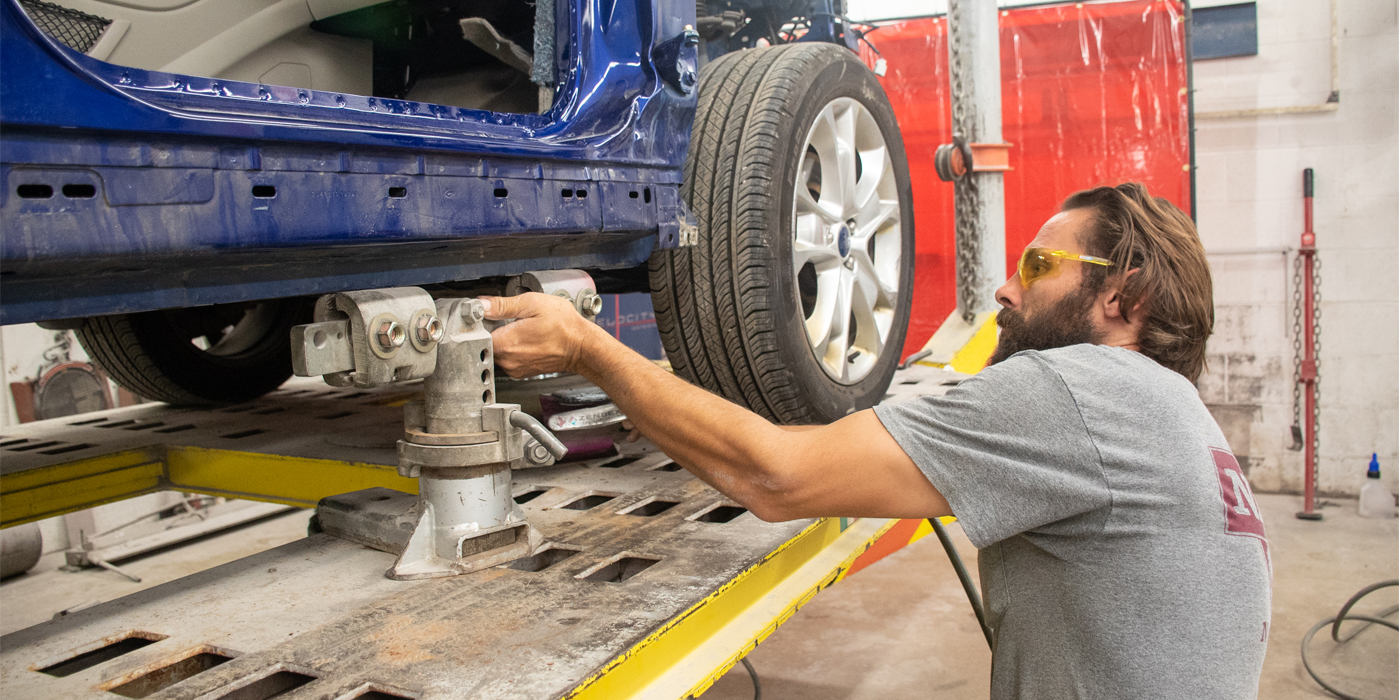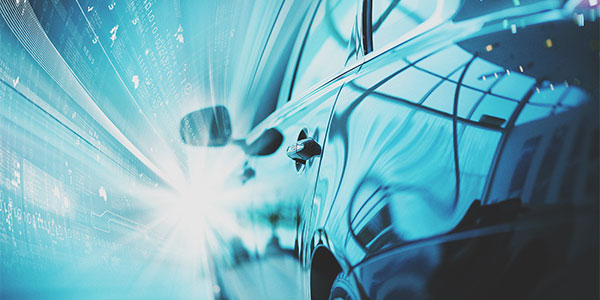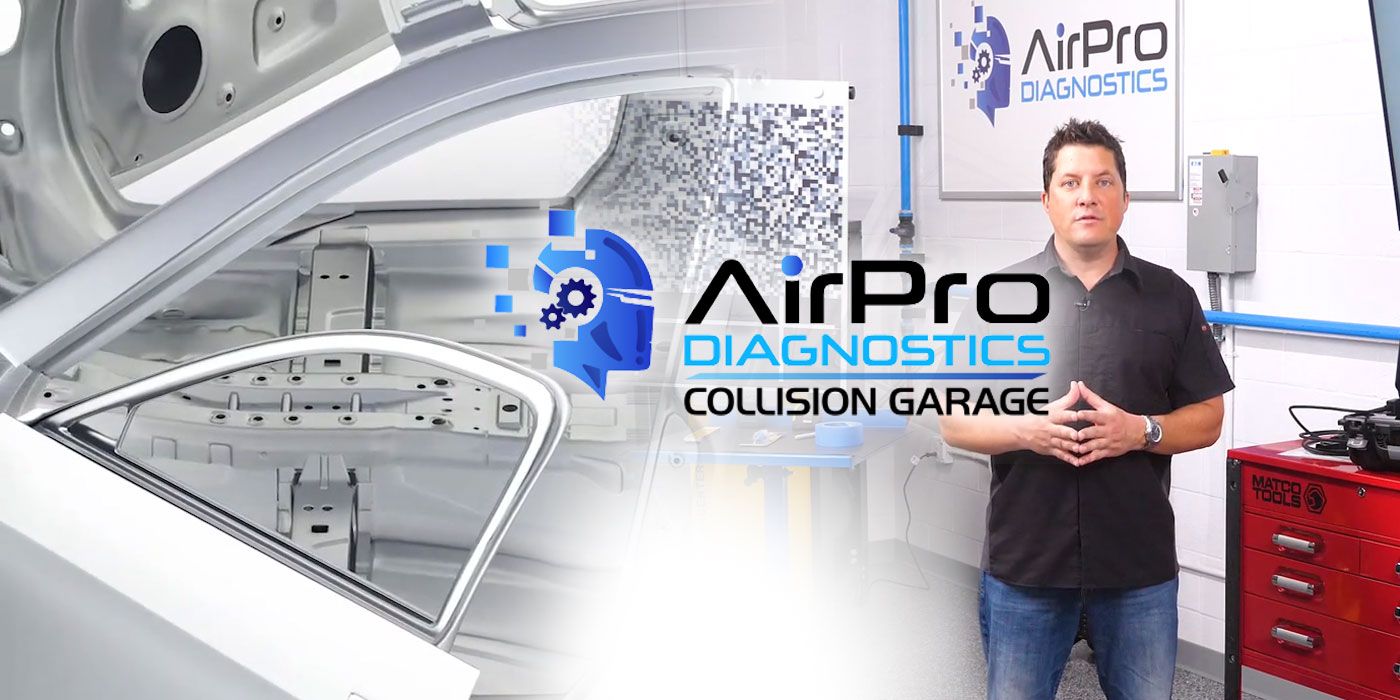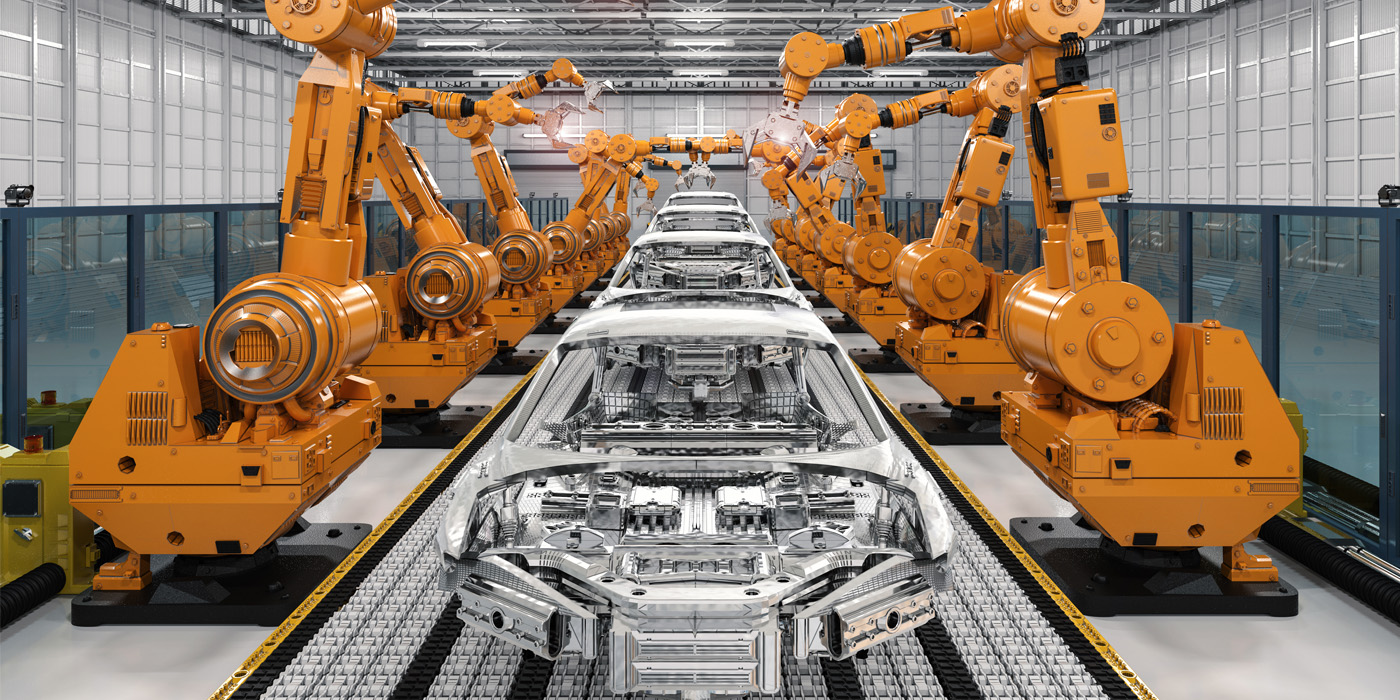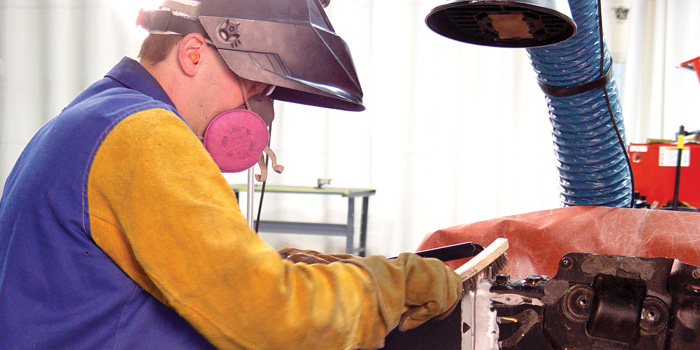
Because of the automotive industry’s long-term commitment to vehicle lightweighting to help achieve the fuel economy target of 54.5 miles per gallon by 2025, the use of lower mass materials like aluminum is increasing. Even though the use of aluminum for automotive construction is not new, the increasing applications of aluminum for exterior body panels and structure are resulting in more aluminum vehicles being repaired and refinished every day. Because of this, it’s not only important to understand how to repair aluminum but how to maintain a safe work environment during the repairs as well. The question is, what needs to be done to accomplish that?
Although you can argue that we can never be “too safe” when repairing aluminum, or any other material, we will separate some fact from fiction to give you a practical understanding of what is required to maintain a safe environment when working with aluminum, and why. Maintaining a safe and healthy work environment will require implementing a combination of SOPs (standard operating procedures) along with having the proper equipment and shop layout to be successful.
Best Practices
Before buying equipment and formulating the SOPs for your collision repair facility that will produce quality repairs and maintain a safe environment, it makes sense to take a look at those shops that have been in the aluminum repair business for many years.
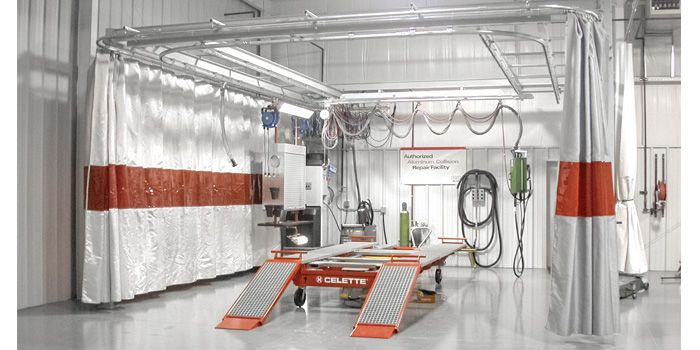
Those business models are the OEM aluminum collision repair networks that include dealer and independently operated collision repair facilities that specialize in aluminum repairs for a specific vehicle maker. These networks and the practices they mandate have successfully produced quality repairs, while keeping the technicians and shop personnel safe in the process of aluminum repair and refinishing operations.
Although the specifics of the aluminum network requirements vary, there are common high-level requirements that ensure quality repairs and safety. These requirements include dedicated aluminum repair bays, aluminum dust vacuum systems and welding fume extractors. These are all essential to providing personal, environmental and vehicle protection in the collision repair facility.
Aluminum Repair Bay
The aluminum repair bay not only segregates the aluminum vehicle being repaired from the rest of the shop populated with steel vehicles, but it provides a logical and efficient location for aluminum specific repair tools, equipment and materials that are required for proper and safe aluminum repair. Considering that there is a trend toward using a mixture of materials in the body assembly, the dedicated aluminum repair bay may be transforming into more of a “clean room” that will be used to repair vehicles made with the combination steel, aluminum and composite components.
Aluminum Dust
Airborne aluminum dust must be minimized because, besides being a floating contaminant, it can be explosive under the right conditions. Aluminum particles that are finer than 420 microns are the most prone to combustion. To understand how small that is, a piece of thread is about 1,000 microns wide. To create an aluminum dust explosion, the particles must be suspended and there must be a high enough concentration of the particles to support combustion. There also must be enough oxygen in the air, and the ignition source must have enough energy to trigger the combustion.
During structural repair involving drilling, cutting and grinding, the aluminum waste may tend to be coarser, which is harder to ignite than the finer dust created when sanding aluminum with fine grits. However, care should be taken throughout repair stages to avoid having dust collect anywhere in the shop, including air filtration equipment or vacuum hoses and piping.
Portable wet-mix vacuums are becoming popular for aluminum repair work areas, rather than central vacuum systems in collision repair facilities, because they immerse the dust particles in water, which renders them less hazardous as a combustible material. Portable vacuum units also have minimal piping and hoses that are easier to clean and have fewer areas where dust can accumulate compared to central vacuum systems. Having separate vacuums for aluminum and steel is a good idea because when aluminum and steel dust are mixed together, it could create a thermite reaction, which can produce a much more powerful explosion than one with just aluminum dust.
Whether repairing an aluminum-intensive vehicle or aluminum and steel vehicle, maintaining cleanliness in the workplace during repairs is more important than ever. It isn’t acceptable anymore to clean the vehicle and work area based on when it looks like it needs it, or every few days, but to clean up waste and dust as it is made so it never accumulates to begin with. This practice should be employed regardless of the type of material being repaired, and will be necessary when working on mixed material structures.
Be Clean
Cleanliness must be integrated into the repair process to maintain a safe work environment and prevent cross-contamination, which is required to produce quality repairs. On the vehicle, when steel is trapped in contact with aluminum and an electrolyte, galvanic corrosion results. As a best practice, dust and shavings must be removed from the vehicle and work areas during repair as they’re produced.
Compressed air blowers should never be used to clean the vehicle or work area. Vacuuming rather than blowing the work area with compressed air minimizes airborne dust and should be enforced as a best practice. Using fume extraction equipment should also be required during welding, especially during weld bonding on steel components found on mixed-material structures because the fumes from burning adhesives are extremely toxic and dangerous to inhale.
Some additional best practices include using all the proper personal protection gear, cleaning metal dust from power tools before using them, using vacuum sanding equipment, and being mindful to not mix steel and aluminum dust to prevent the potential of creating a thermite reaction.
Summary
Achieving quality repairs in a safe manner is more attainable in a clean work environment. Everyone on the collision facility staff must work as a team to make workplace cleanliness and safety a priority. The staff must develop and adhere to SOPs that integrate the required cleaning steps into the repair processes that the technicians follow for each repair. Safety must be mandated and enforced throughout the workplace for the benefit of all who work there and visit there.
The Aluminum Association has published a handbook that includes valuable information on understanding and managing aluminum dust hazards. Check it out at www.aluminum.org.



